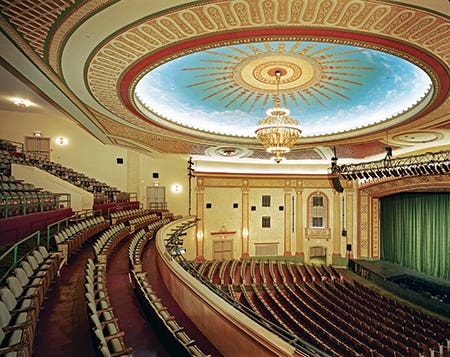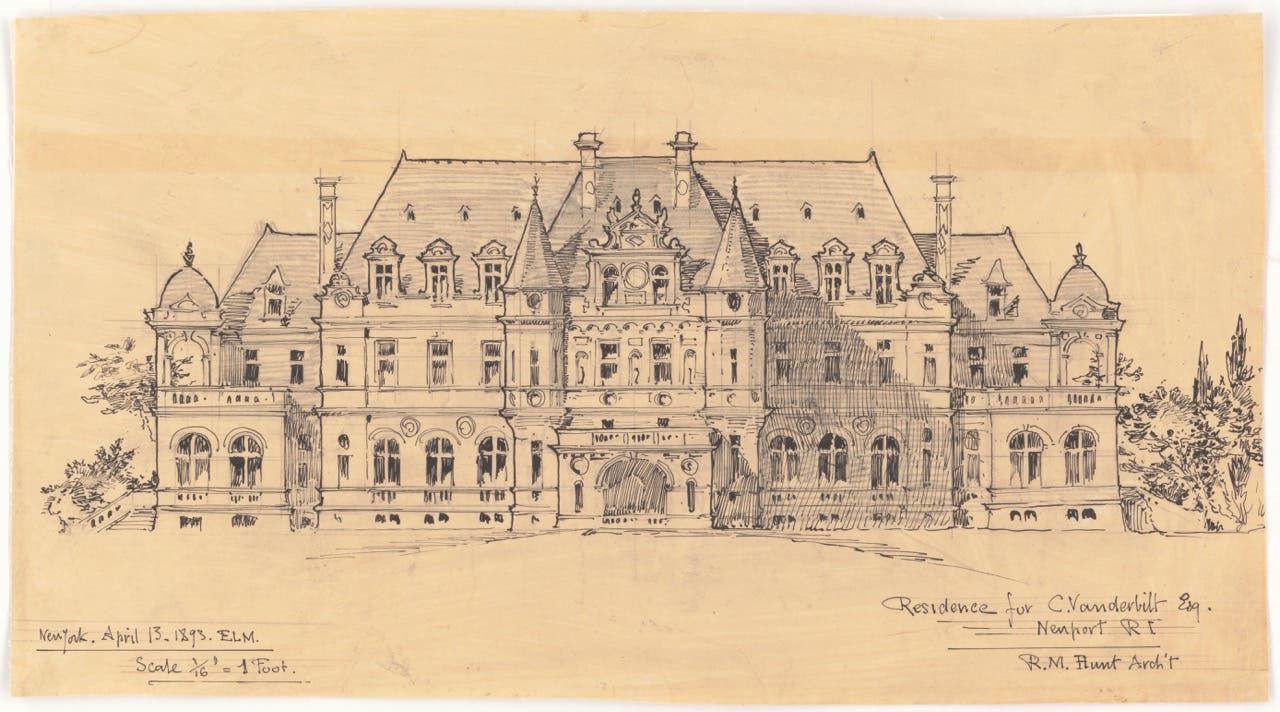
Features
Suggestions for Restoring Theaters
By Michael Schnoering, Mills + Schnoering Architecture
Credit: Brian Rose
By Michael Schnoering, Mills + Schnoering Architecture

By Michael Schnoering, Mills + Schnoering Architecture
- DO plan to spend a considerable amount of time planning. The more work you do at the start, the fewer problems you will have down the road.
- DO undertake historic research: learn as much as you can about the building and the changes that have taken place over time.
- DO involve the community as early as possible, particularly as you work to develop the program for the building. A broad constituency = broad support.
- DO collaborate with other regional arts institutions to find synergies. n DO scrutinize donated services and goods: free is not always a bargain.
- DO conduct exploratory probes. Examining the building structure and conditions to the greatest extent possible will help to minimize the chances of costly change orders later in the project.
- DO investigate the special historic materials in your theater (decorative paint, acoustical treatments, etc.).
- DO plan for access for all, in as many ways as possible.
- DO consider engaging a fundraising consultant. You will be attempting to raise a significant amount of money, and you won’t get there by having a bake sale.
- DO show progress. If you can’t take it all on at once, small projects build excitement and set the stage for larger efforts.
- DON’T try to be all things to all people: define your mission and stick to it.
- DON’T go it alone. Working together with an experienced architect and specialty consultants such as acousticians, lighting designers, and conservators will help ensure that you get the best guidance. TB
Related Stories






